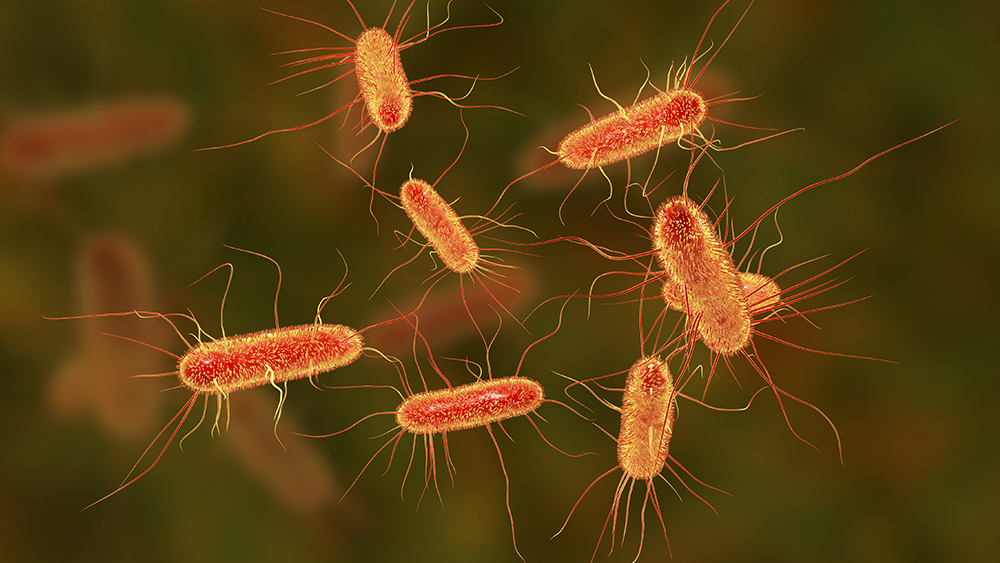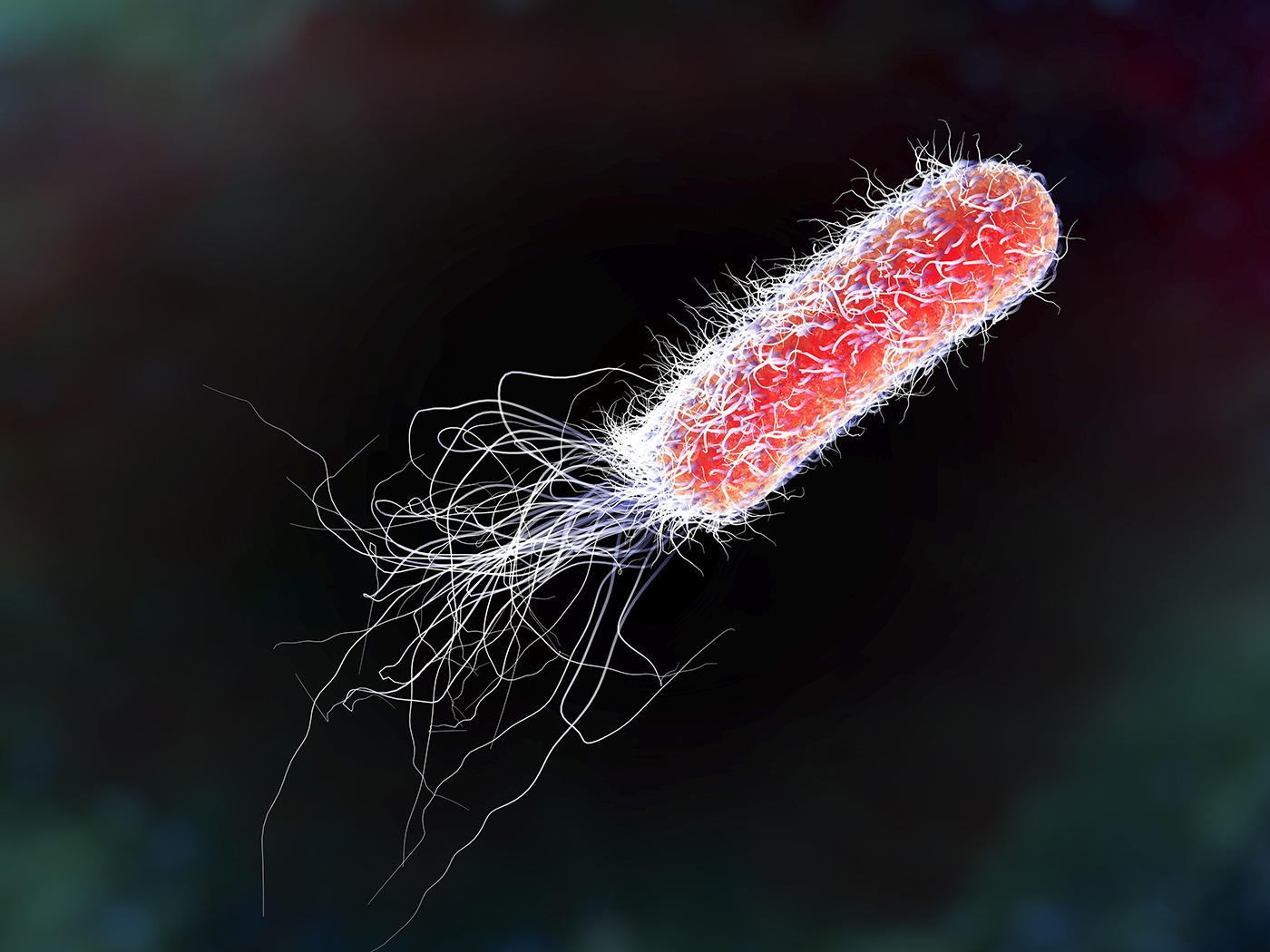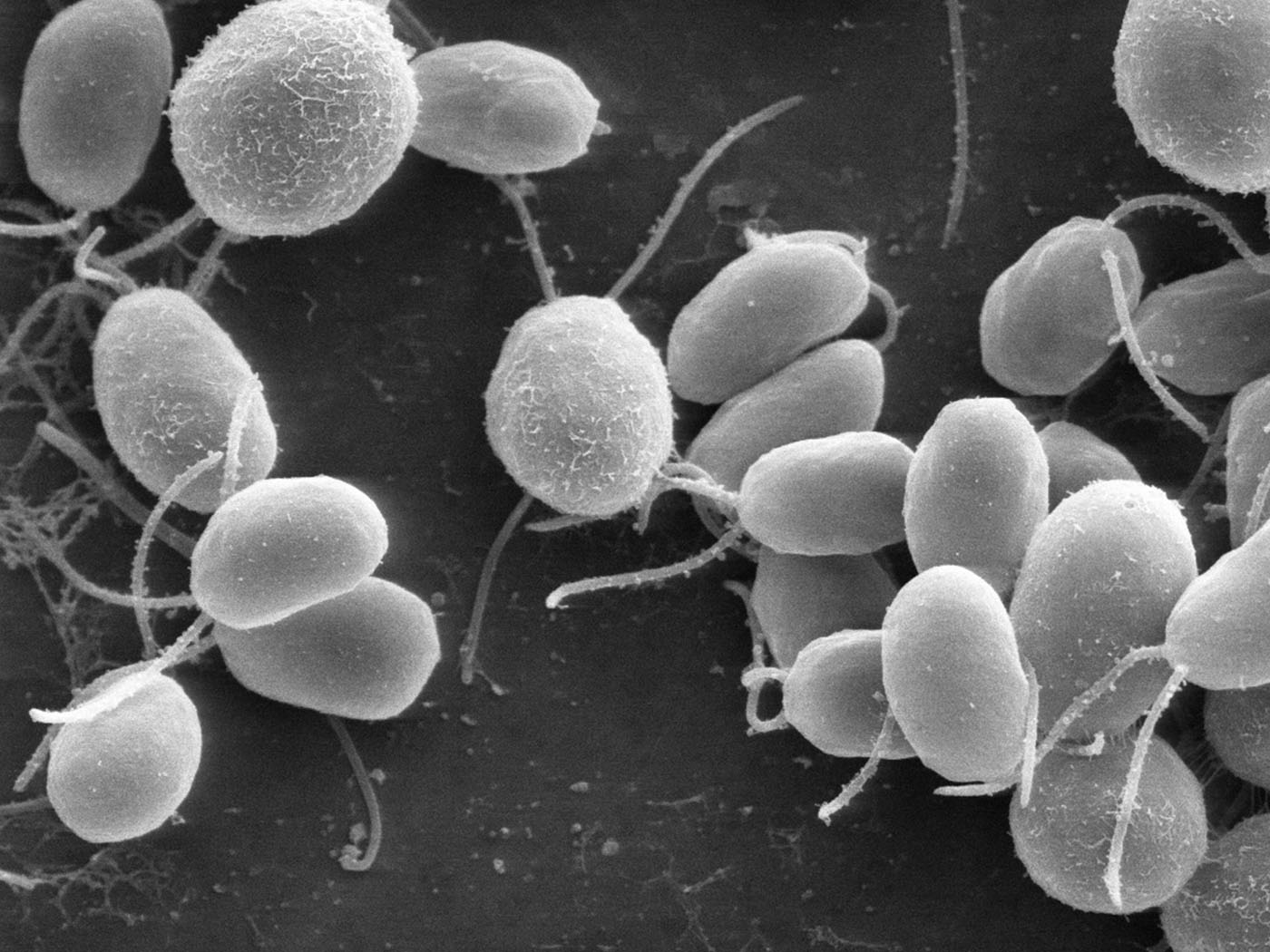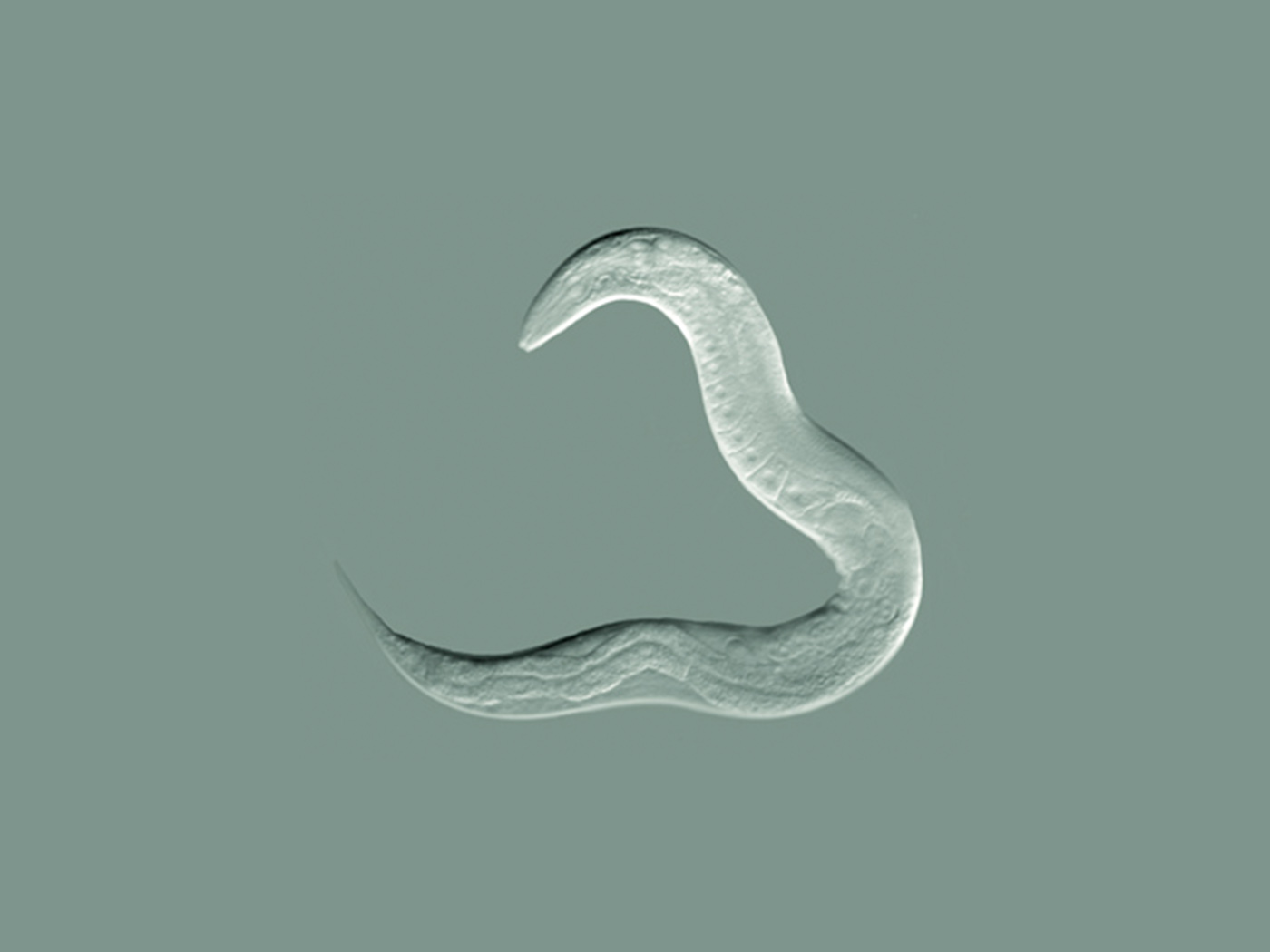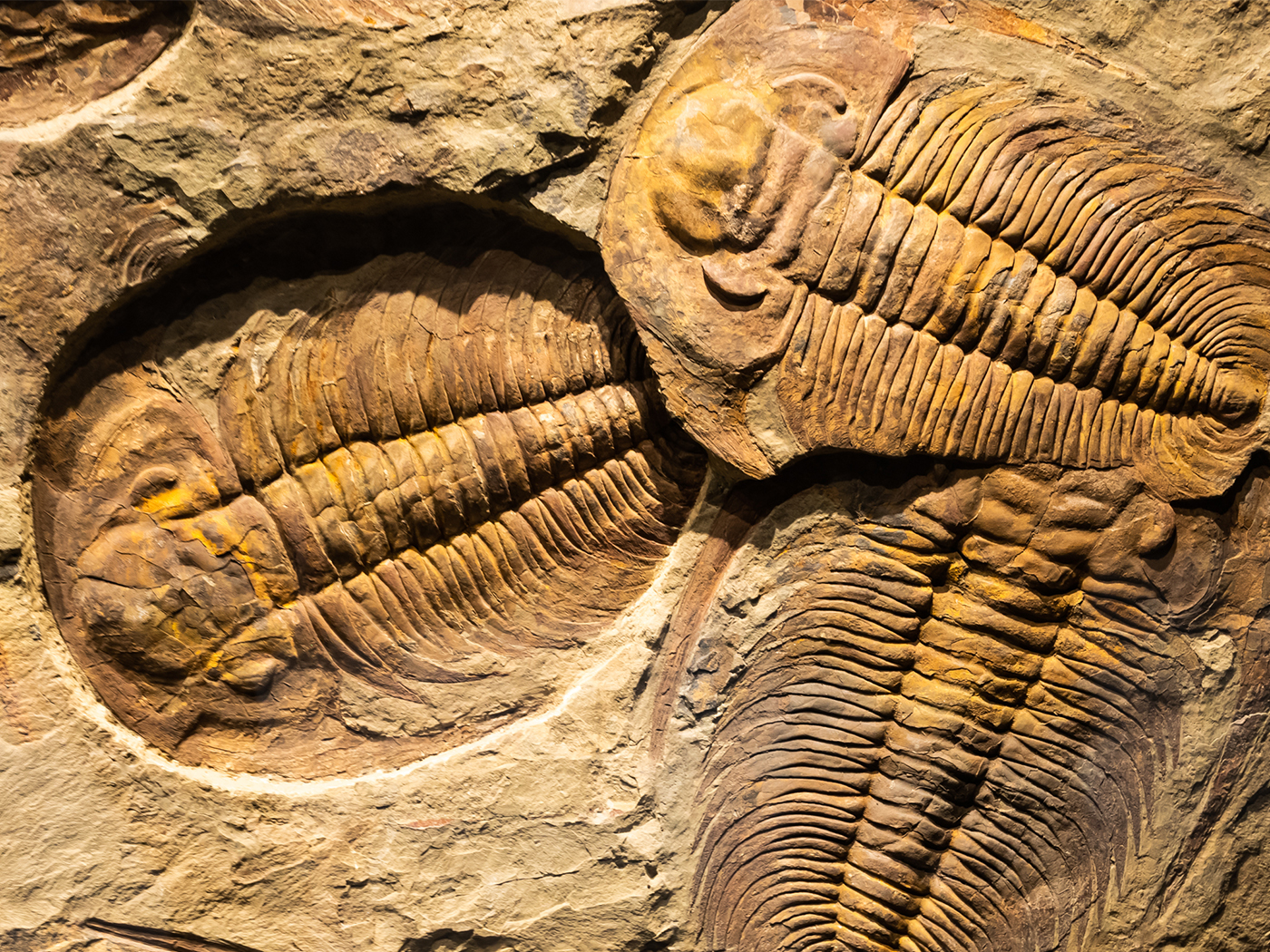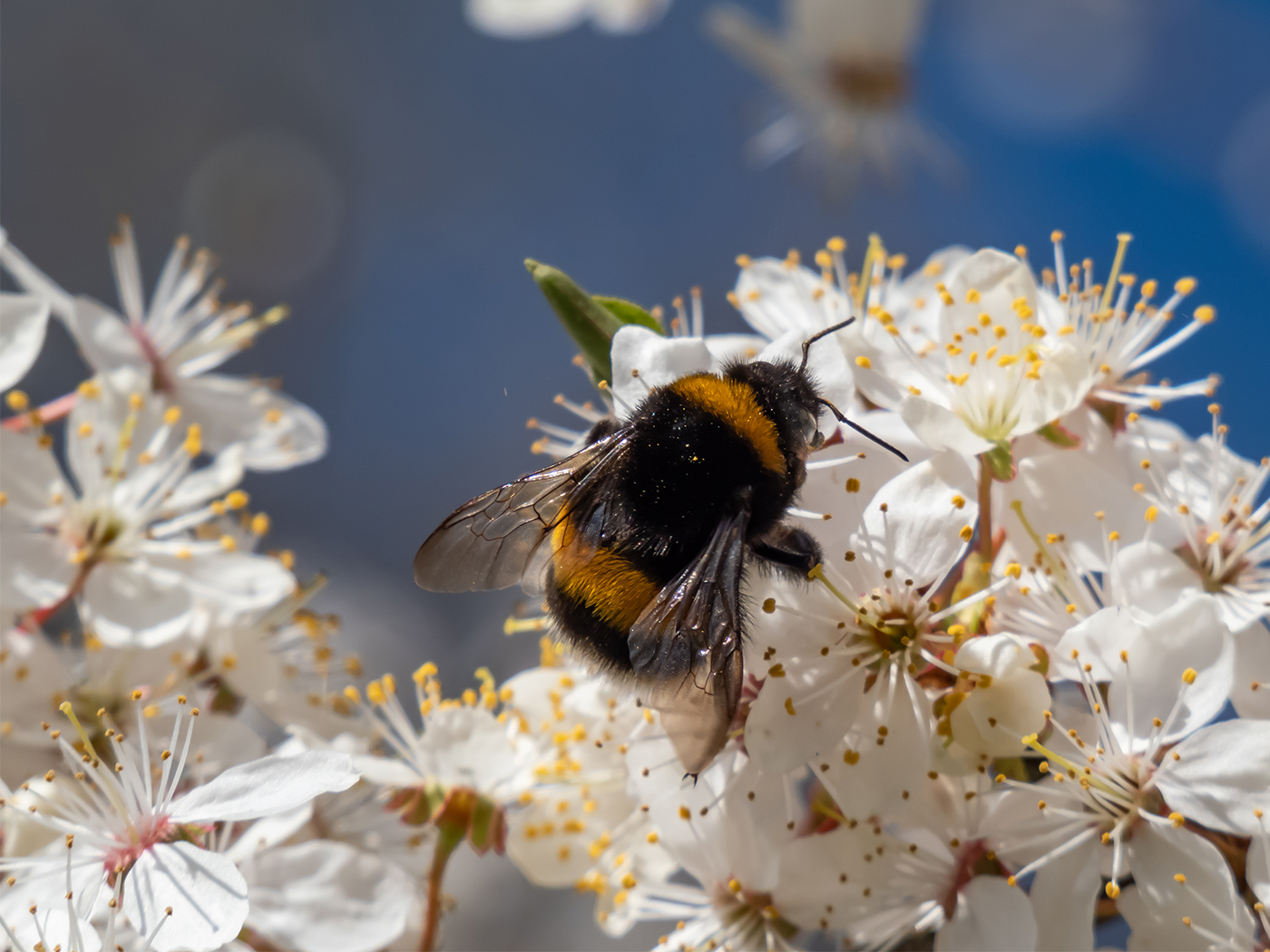Researchers have just reported a newly recoded bacterial genome in which genetic optimization was markedly reduced.1 Optimization is a principle of designed systems. Scientists hacked the bacteria’s genetic code and it experienced a huge reduction in growth. It also exhibited an abnormal cell shape. Despite this obvious detriment to the bacteria, the researchers gloated that life could still operate—a common, yet failed evolutionary argument.
Codons are a three-base nucleotide sequence in genes where each codon codes for a specific amino acid in a protein. Codons were initially believed to be redundant because there are 61 of them in biological systems, compared to only 20 amino acids. These codons form the basis of an RNA message copied from a gene that codes for a protein.
The first two RNA bases in a codon sequence never change, but the third base can vary. For example, the codons GGA, GGC, GGU, and GGG all specify the amino acid termed glycine, even though the third base varies. Because of this, the third base was originally thought to be non-functional by scientists and they ignorantly referred to it as being redundant. In fact, evolutionists initially hoped that this variability in the third base would somehow provide a magical place for random evolutionary processes to occur without affecting the resulting protein. However, it’s now been shown in a variety of studies that the third base in a codon has all sorts of different types of functionality in both gene expression and protein production—it’s not redundant at all.2-5
The organism that this group modified was a lab strain of E. coli, a common bacteria in the intestinal tracts of humans and various animals. The researchers recoded 18,214 codons to create an altered bacterial genome that uses only 59 codons to encode the 20 amino acids needed for life. In short, they slightly reduced codon variability in the bacterial genome. Despite the impressive technical prowess of the researchers, their efforts did not produce a better or more efficient bacteria. In fact, growth rates were reduced 1.6 times under the most optimal artificial laboratory conditions and the morphology of the bacteria exhibited a longer abnormal shape. The researchers’ hack job produced a far weaker version than the original.
Optimization in design is a distinguishing hallmark of engineering design principles and gives glory to our mighty Creator. ![]()
After the new deformed bacteria had been created, shortly before Christmas, the researchers took a photo in their lab in a mockery of the birth of Christ. They held up a petri dish of the engineered bacteria “as the central figure in a recreation of the nativity.”6 Despite this show of academic arrogance and disdain for Christianity, the researchers unwittingly proved the genius of the Creator in their project—the Creator who engineered the genomes of bacteria in the beginning and all other forms of life to function in an optimal manner, not just to barely survive under pampered laboratory conditions. Optimization in design is a distinguishing hallmark of engineering design principles and gives glory to our mighty Creator.
References
1. Fredens, J. et al. 2019. Total synthesis of Escherichia coli with a recoded genome. Nature. 569: 514-518. doi.org/10.1038/s41586-019-1192-5.
2. Tomkins, J. P. 2014. Duons: Parallel Gene Code Defies Evolution. Creation Science Update. Posted on ICR.org January 6, 2014, accessed May 17, 2019.
3. Tomkins, J. P. 2014. Dual-Gene Codes Defy Evolution...Again. Creation Science Update. Posted on ICR.org September 12, 2014, accessed May 17, 2019.
4. Tomkins, J. P. Codon Degeneracy Discredited Again. Creation Science Update. Posted on ICR.org October 13, 2016, accessed May 17, 2019.
5. Tomkins, J. P. 2018. Codons Are Not Degenerate After All. Acts & Facts. 47 (7): 15.
6. Sample, I. 2019. World’s first living organism with fully redesigned DNA created. The Guardian. Posted on theguardian.com on May 15, 2019, accessed May 17, 2019.
Dr. Tomkins is Director of Life Sciences at the Institute for Creation Research and earned his Ph.D. in genetics from Clemson University.




